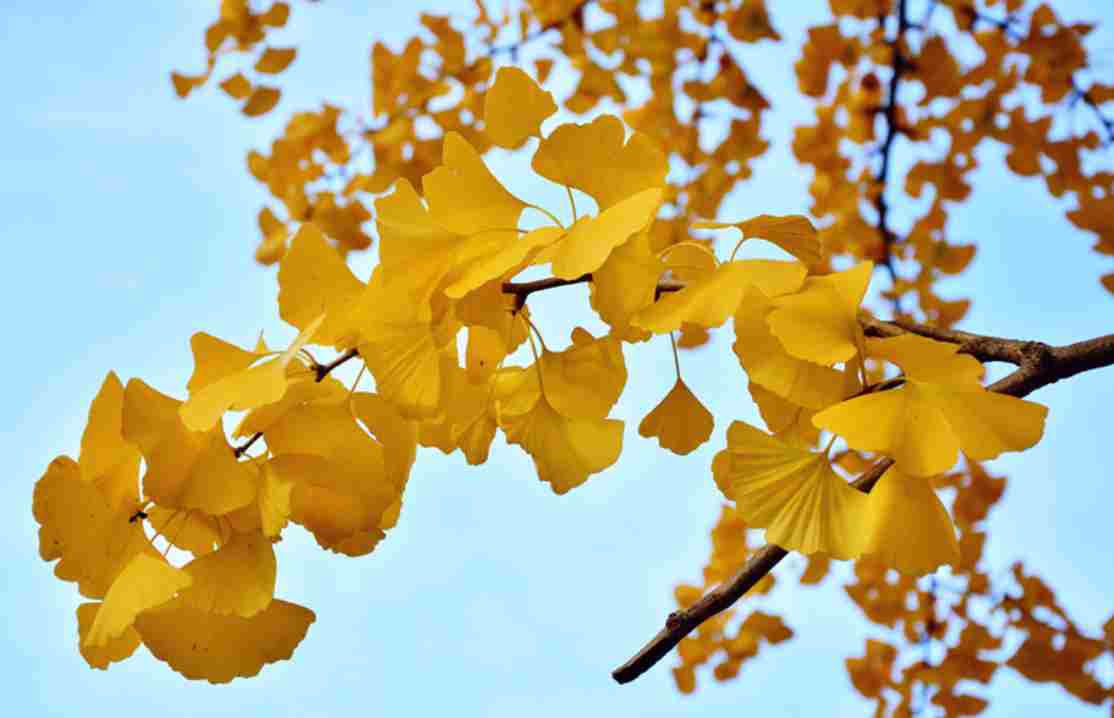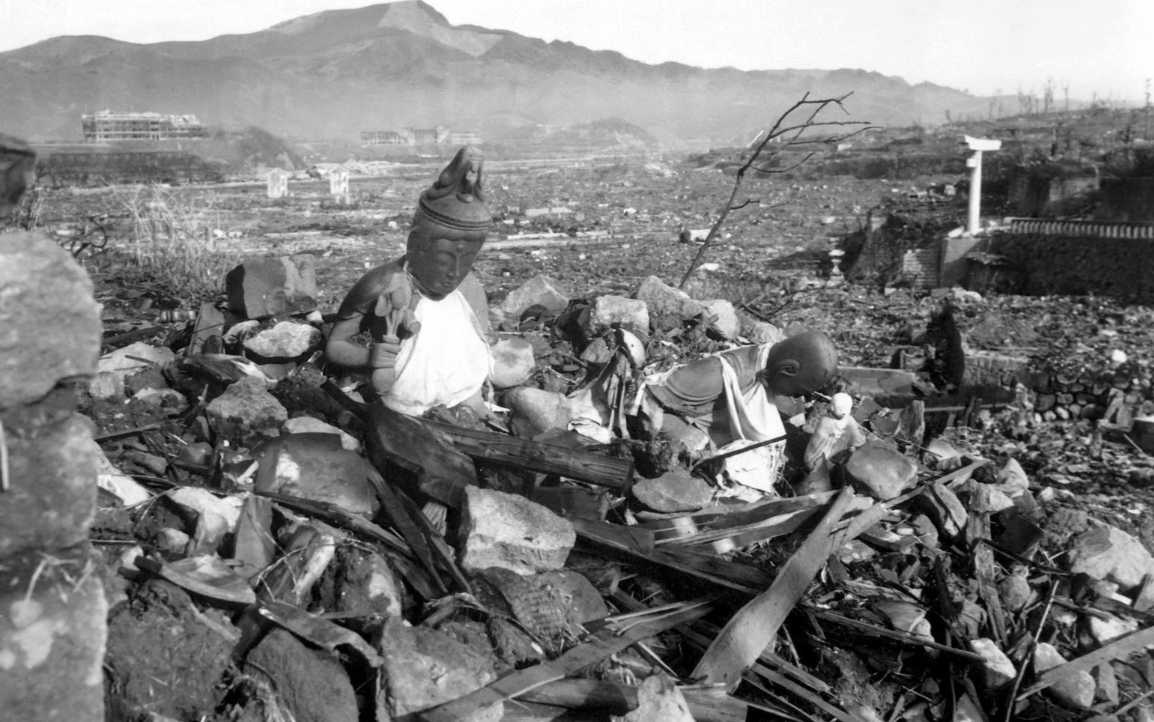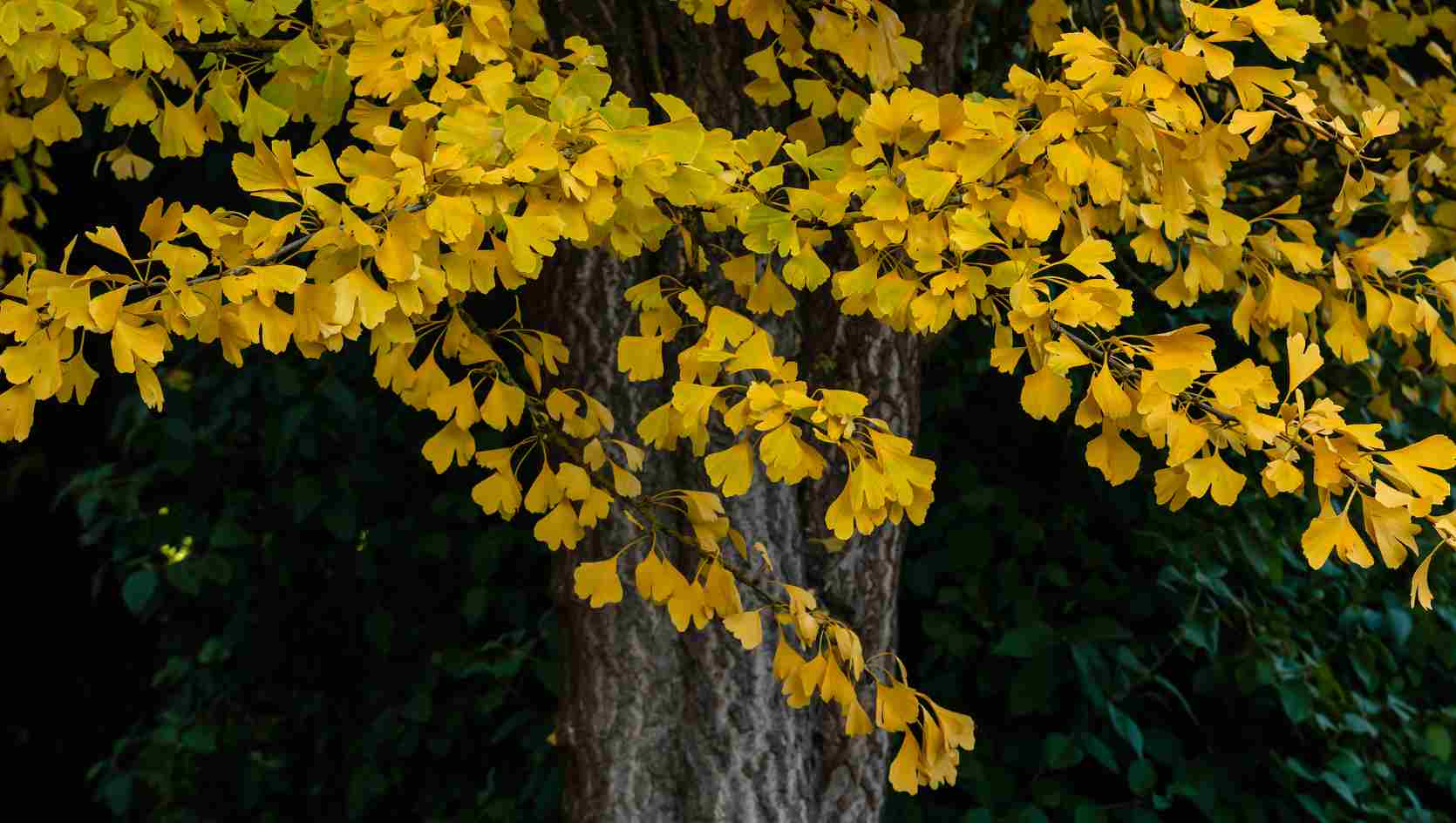Ginkgo biloba, often referred to as a “living fossil,” has seen Earth’s transformations for over 200 million years.
Ancient Origins

Even though big events around the world wiped out many animals, like the dinosaurs but ginkgo trees managed to stick around.
But over time, there were fewer and fewer of them. By the end of a time called the Pleistocene epoch, the only wild ginkgo trees left were hiding out in small, far-off parts of China.
Humans helped the Ginkgo biloba tree survive, and it’s all thanks to how much people cared for it. In China, Buddhist monks loved this tree because it was pretty, strong, and even useful for medicine. They grew it in their temple gardens and made sure it didn’t disappear.
This love for the ginkgo spread to other places in East Asia, too. People there started seeing it as a sign of living long, staying tough, and bouncing back from hard times.
Its cool fan-shaped leaves and bright golden color in autumn have been popping up in paintings, stories, and religious stuff for hundreds of years.
The Hiroshima Resilience

Even though these trees were burned and left bare, they started growing new leaves just a few months later. It’s like a sign of hope and fresh beginnings after everything was destroyed.
Now, these trees, called “hibakujumoku” or “survivor trees,” still stand in Hiroshima. They’re like living reminders of strength and how nature keeps going, no matter what.
Follow Mahamana News For More…
